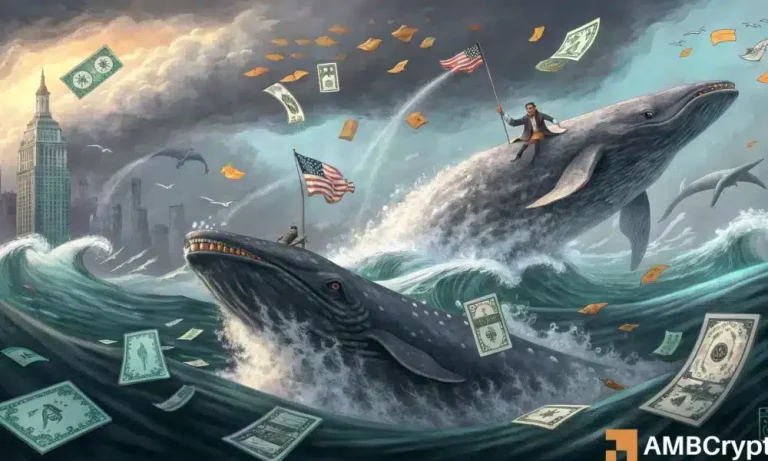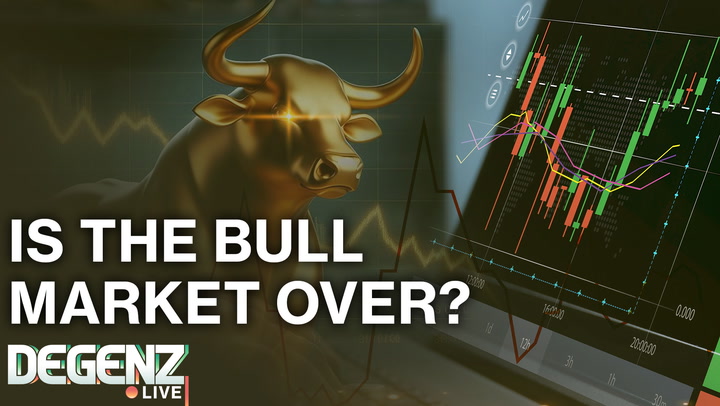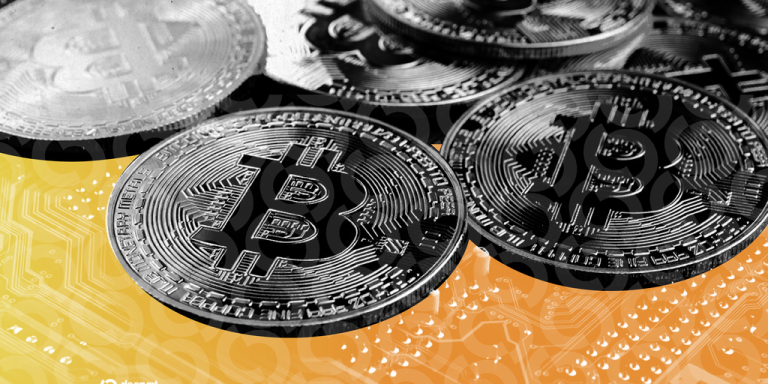
The outlook for the U.S. economy in 2026 is one that many investors and analysts are closely monitoring. As economic conditions evolve, leading Wall Street firms like Bank of America, JPMorgan, and UBS are offering valuable insights into what we can expect in the coming year. From GDP growth to inflation rates and the impact of global trade tensions, here’s everything you need to know about the projections for 2026.
U.S. Economic Growth: A Positive Momentum
Bank of America anticipates that the U.S. will maintain solid economic growth, forecasting a 2.4% increase in GDP for 2026. This projected growth is driven by multiple factors, including the positive effects of the OBBBA stimulus, lagged benefits from Federal Reserve rate cuts in 2025, and increased capital expenditures. Additionally, the bank highlights the role of artificial intelligence and a supportive trade environment in propelling the economy forward.
Inflation, however, is expected to remain slightly higher than the Federal Reserve’s 2% benchmark. Bank of America projects headline inflation at 2.6% and core inflation at 2.8%, with unemployment gradually falling to 4.3%.
Potential Risks and Challenges
In contrast to Bank of America’s optimism, JPMorgan is more cautious. While acknowledging the strong performance of the equity markets in 2025, the firm predicts increased volatility in 2026. Concerns include labor market vulnerabilities, persistent cost-of-living pressures, and sticky inflation.
JPMorgan also emphasizes the uncertainty surrounding tariffs, U.S.-China tensions over critical mineral supply chains, and political risks tied to the 2026 midterm elections. Despite these challenges, the firm sees potential upside from strong capital expenditures and continued AI innovation.
The Inflation Factor
UBS, on the other hand, warns of ongoing inflationary pressures. The firm expects inflation to rise further in the first half of 2026 due to higher costs linked to tariffs and supply chain disruptions. Core inflation is projected to peak at 3.2% by midyear before gradually declining, though it will likely remain above the Fed’s 2% target into 2027.
For consumers and businesses alike, these predictions indicate a need for proactive financial planning to navigate elevated prices and economic uncertainties.
What Does This Mean for You?
As we approach 2026, individuals and businesses should stay informed about economic conditions and consider strategies to mitigate risks. Investors might explore diversified portfolios, while consumers may benefit from financial solutions that combat inflation’s impact.
To prepare for these economic trends, consider leveraging tools like the eToro multi-asset investment platform. Offering 0% commission on stocks and the ability to invest in cryptocurrencies and other assets, eToro provides resources to adapt to both market opportunities and challenges.
Stay tuned for updates as forecasts evolve and learn how to make informed decisions in an uncertain economic climate.



